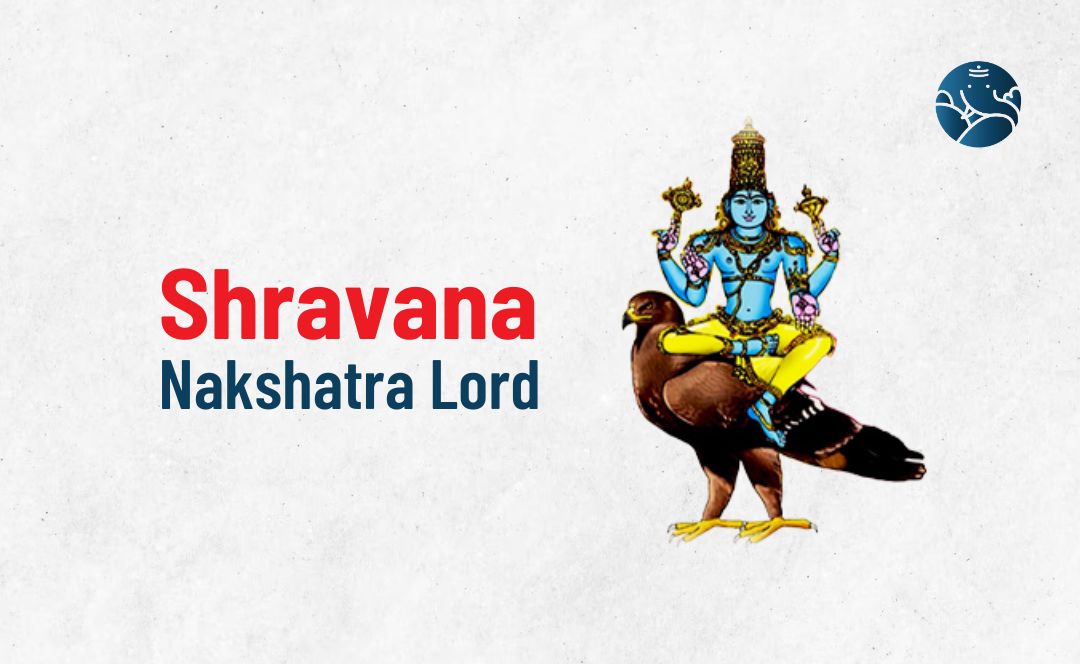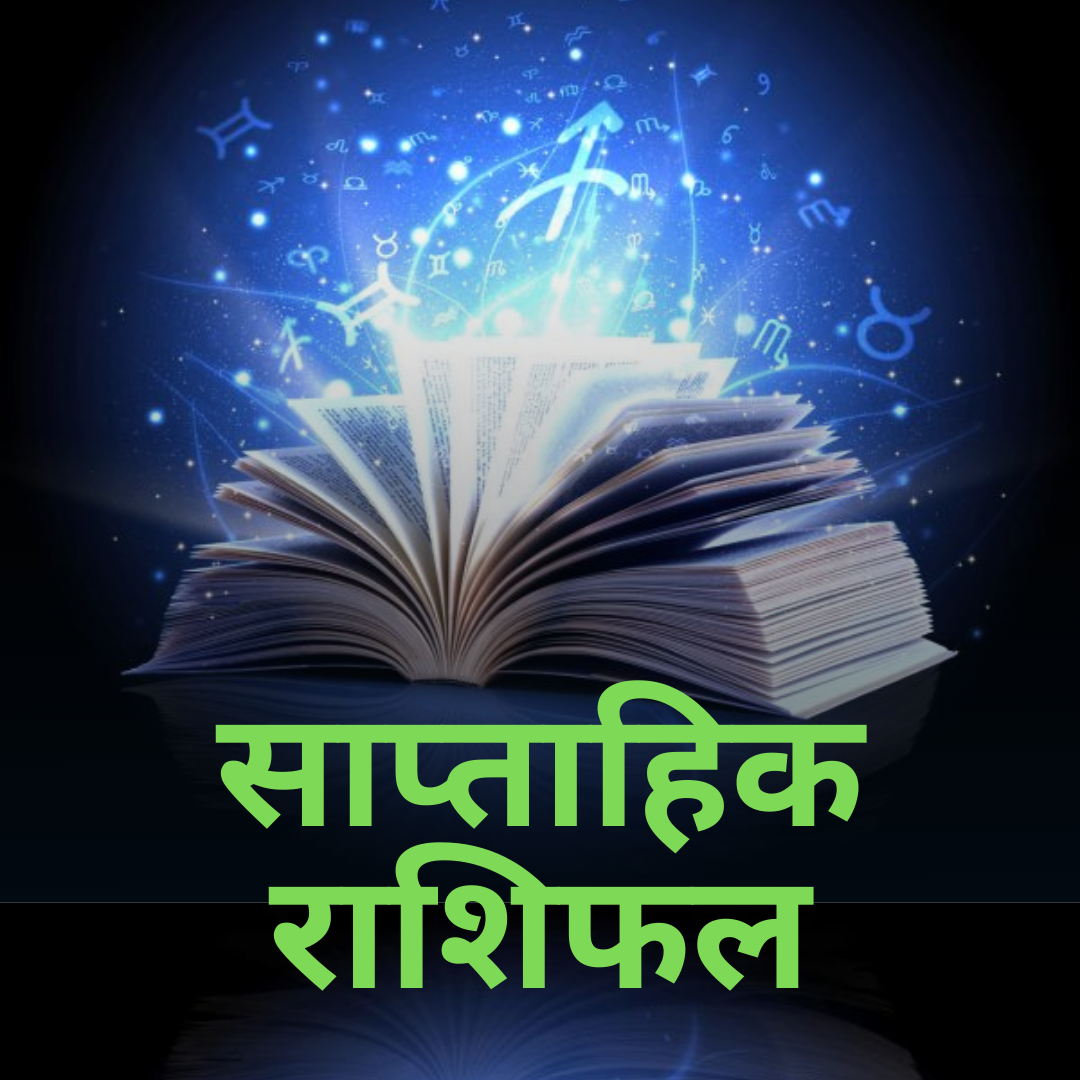
Ashadhi Beej 2026 - Jagannath Puri Rath Yatra
Ashadhi Beej or Ashadh Beej is celebrated on the second day of Shukla Paksha in the month of Ashadh - it is the Kutchi New Year. This Hindu New Year is celebrated in the Kutch region of Gujarat. Ashadhi Beej in 2026 is on July 16. Ashadhi Beej is mostly a traditional affair and is celebrated in homes. Relatives, friends, and neighbors join this festival. Today, many organizations are also giving importance to this day and organizing Satsangs, music competitions, and other cultural programs.
Kutchi New Year
According to the Hindu calendar, the Kutchi New Year 'Ashadhi Beej' is celebrated on the second day of Shukla Paksha in the month of Ashadh. This Hindu New Year is celebrated by the Kutchi community in the Kutch region of Gujarat. Ashadhi Beej is a traditional 'celebration of the arrival of rain'.
During Ashadhi Beej, local farmers estimate the level of moisture in the atmosphere based on which they can sow the most suitable crop.
It is worth mentioning that the area of Kutch in Gujarat is mostly a desert area, so the importance of rain is more for the residents living here.
This festival of Ashadhi Beej is celebrated mainly at two places in India: Vishwanath Temple in Varanasi, Uttar Pradesh, and Mulesh Mahadev Temple in Umareth, Gujarat.
Ashadhi Beej Muhurat 2026
In 2026, Ashadhi Beej is on the Thursday, July 16, 2026. This Ashadhi Beej Shubh Muhurat is given below:
Dwitiya Tithi Start - 11:50 am on July 15, 2026
Dwitiya Tithi End - 08:52 am on July 16, 2026
Jagannath Puri Rath Yatra
Rath Yatra or Chariot Festival, is one of the most awaited Hindu festivals, which is celebrated every year on the Dwitiya Tithi during the Shukla Paksha of the Ashadh month of India. Rath Yatra is a very big Hindu festival and it is held every year at the famous Jagannath Puri temple, which is one of the four major Hindu pilgrimage sites, located in the state of Odisha.
Rath Yatra Puri has always been popular among tourists due to its religious significance. They visit Puri every year and participate in the festival with full enthusiasm. Lord Jagannath is considered a form of Lord Vishnu and is worshipped by the followers of Vaishnavism. Jagannath means Lord of the Universe. Jagannath Temple is one of the four Hindu pilgrimage sites known as the Char Dham Pilgrimage that a Hindu must visit in his lifetime. Lord Jagannath is worshipped along with his brother Balabhadra and his sister Devi Subhadra.
Ashadhi Beej Importance
Ashadhi Beej festival is famous in the Hindu calendar. Ashadhi Beej is the new year for the Kutchis. They expect rains to come and after this, the rainy season begins. Ashadhi Beej is celebrated in Puri with the world-famous Jagannath Puri Yatra. People from all over India and now other countries come to Puri to see the Rath Yatra and have the darshan of Lord Jagannathji.
Ashadhi Beej is also celebrated in Gujarat with the Rath Yatra of Lord Jagannathji which is very famous in Ahmedabad. The famous Lord Jagannathji temple has made huge preparations for this day. Lakhs of devotees join this Yatra and have darshan of Lord Krishna - Jagannathji. Kutchi people celebrate Ashadhi Beej on a grand scale as the new year. On this day they start a new Vahini and usually, rains also start from this day.
Jagannath Rath Yatra Story
There are certain legends regarding the origin of Rath Yatra which reflect the socio-religious thoughts and beliefs of the people of this region. Some of the prominent ones are:
Lord Krishna and Balram were invited to Mathura by their maternal uncle Kansa to kill them. He sent Akrur to Gokul along with the chariot. As said, Lord Krishna along with Balram set out for Mathura on a chariot. Devotees celebrate the day of this departure as Rath Yatra.
Lord Krishna had appeared in Mathura on a chariot along with his brother Balram after defeating the evil Kansa, which was celebrated by devotees in Dwarka on that day. Lord Krishna had shown the beauty of the city to his sister Subhadra by seating her on a chariot along with Balram.
Once Lord Krishna's queens requested Mata to narrate the various interesting love Leelas (Rasleela) between Lord Krishna and the Gopis. Mata thought it inappropriate for Subhadra to listen to such Leelas and sent her back. Nevertheless, the Vrajakatha soon engrossed Subhadra within itself along with Krishna and Balarama, who had by now appeared on the scene. While they were fully immersed in the stories, Narada arrived. Seeing the siblings standing still together, he prayed, “May you three always give darshan like this.” The boon was granted. The three resided forever in the Puri temple of Lord Jagannath.
There is a thrilling story of Balarama becoming Lord Krishna’s charioteer during the 18-day war of the Mahabharata. Finally, a story that tells what happened after the mortal body of Lord Krishna was cremated.
When Sri Krishna was being cremated in Dwarika, Balarama was deeply saddened by the incident and set out to drown himself in the ocean carrying Krishna’s partially burnt body. He was followed by Subhadra. At the same time, on the eastern coast of India, Indradyumna, the king of Jagannath Puri, dreamt that the Lord’s body would come floating to the shores of Puri. He should build a huge statue in the city and sanctify the wooden idols of Krishna, Balarama, and Subhadra.
The bones of Lord Krishna's body should be put in the hollow part of the back of the idol. The dream came true. The king found the pieces of bones and took them. But the question was who would make the idols. It is believed that Vishwakarma, the architect of the gods, came in the form of an old carpenter. He made it clear that no one would disturb him while making the idols, and if anyone did so, he would disappear leaving the work incomplete.
A few months passed. Impatient Indradyumna opened the door of Vishwakarma's room. Vishwakarma disappeared immediately, as he had already warned. Despite the incomplete idols, the king sanctified them; placed the holy ashes of Lord Krishna in the hollow part of the idol, and installed them in the temple.
Every year a grand procession is taken out with the idols of Lord Krishna, Balarama, and Subhadra on three huge chariots. Huge chariots are pulled by devotees from Janakpur to the Jagannath Puri temple. The idols are replaced every 12 years - the new idols are also incomplete.
The Jagannath Puri temple is one of the four holiest temples located in the four directions of India - the other three temples are Rameshwar in the south, Dwarka in the west, and Badrinath in the Himalayas. Perhaps the Jagannath Puri temple is the only temple in the world that has idols of three deities who are siblings - Lord Krishna, Balram, and Subhadra.
Do These Remedies In The Month Of Ashadh
During the month of Ashadh, worship and pilgrimage have special importance. In this month, the fruits of worship are received immediately by doing these activities.
In the month of Ashadh, worshiping Lord Shri Hari, Lord Shiva, Maa Durga, and Hanumanji relieves financial problems and strengthens the position of the Sun and Mars in the horoscope.
In the month of Ashadh, fasts and festivals like Devshayani Ekadashi, and Gupt Navratri have special importance. Fasting and donating on these occasions fulfills wishes.
In the month of Ashadh, donating water-filled pitchers, shoes, slippers, umbrellas, amla, salt, etc. brings special blessings to Goddess Lakshmi.
Conclusion
Lord Jagannath is considered to be the incarnation of Lord Vishnu. Every year Rath Yatra is organized in the city of Puri in Odisha. On this festival, mainly three deities are worshiped, including Lord Jagannath, his elder brother Balabhadra and his sister Subhadra. If you also want to do any auspicious work on this day, then you can talk to astrologers for the right guidance.










